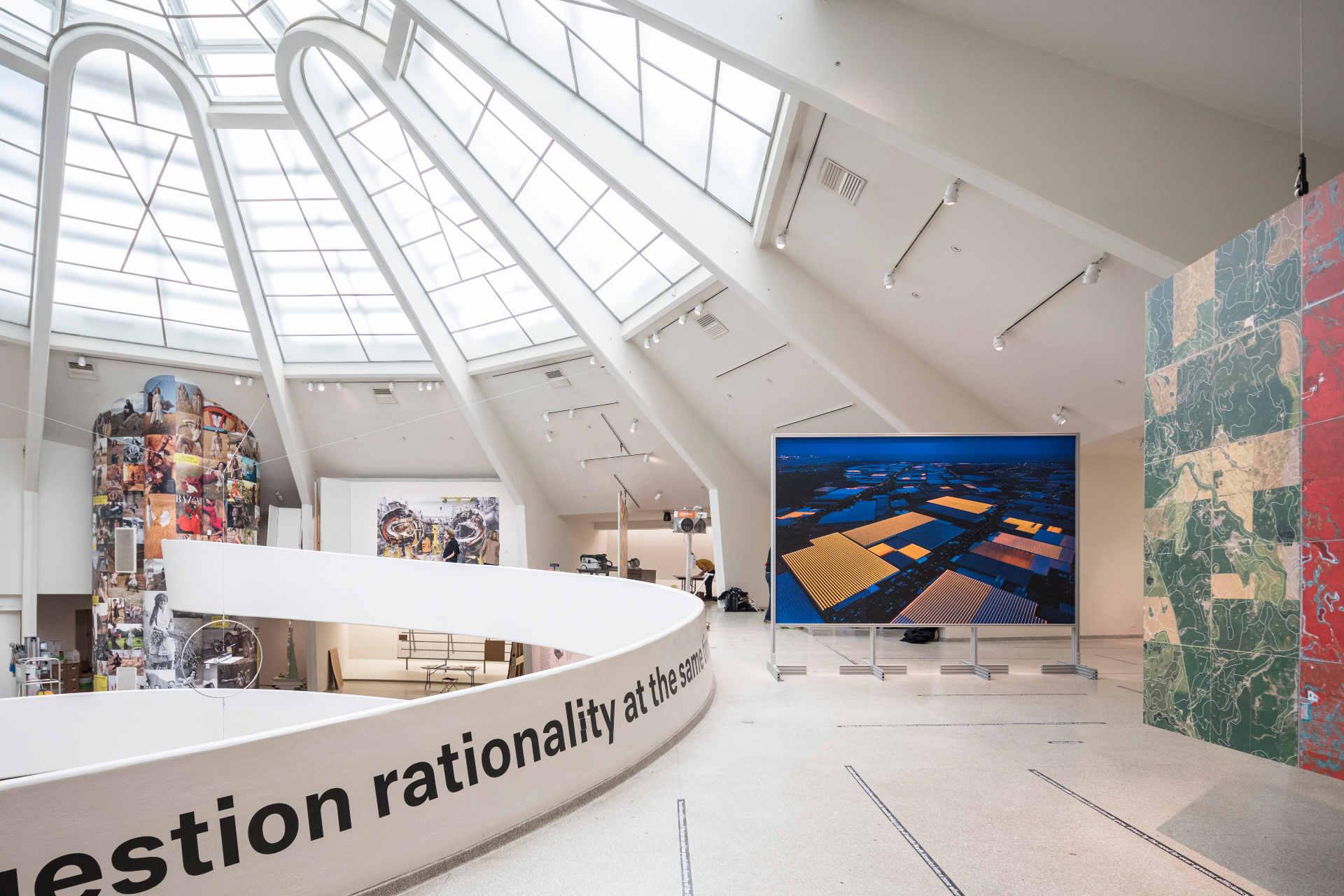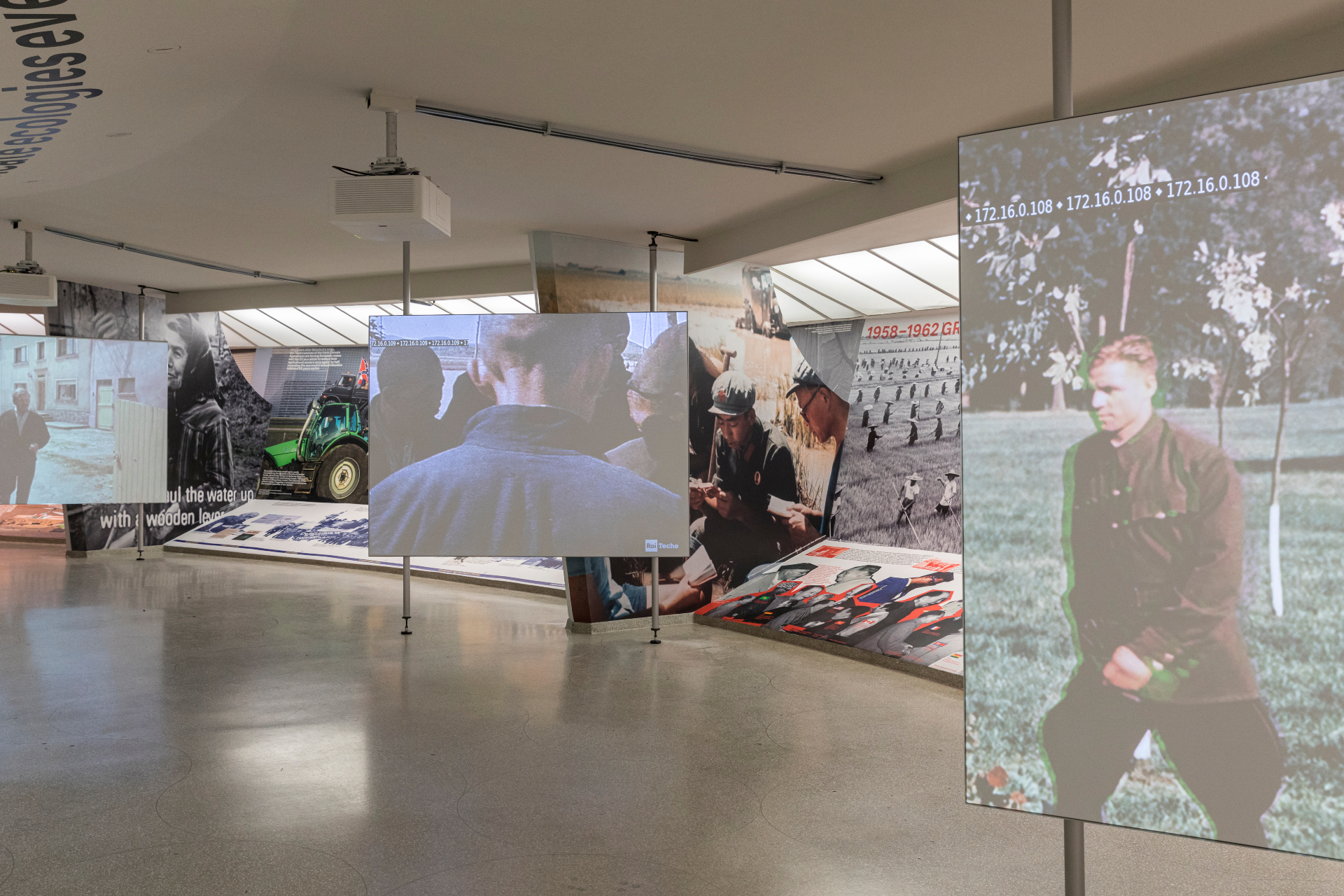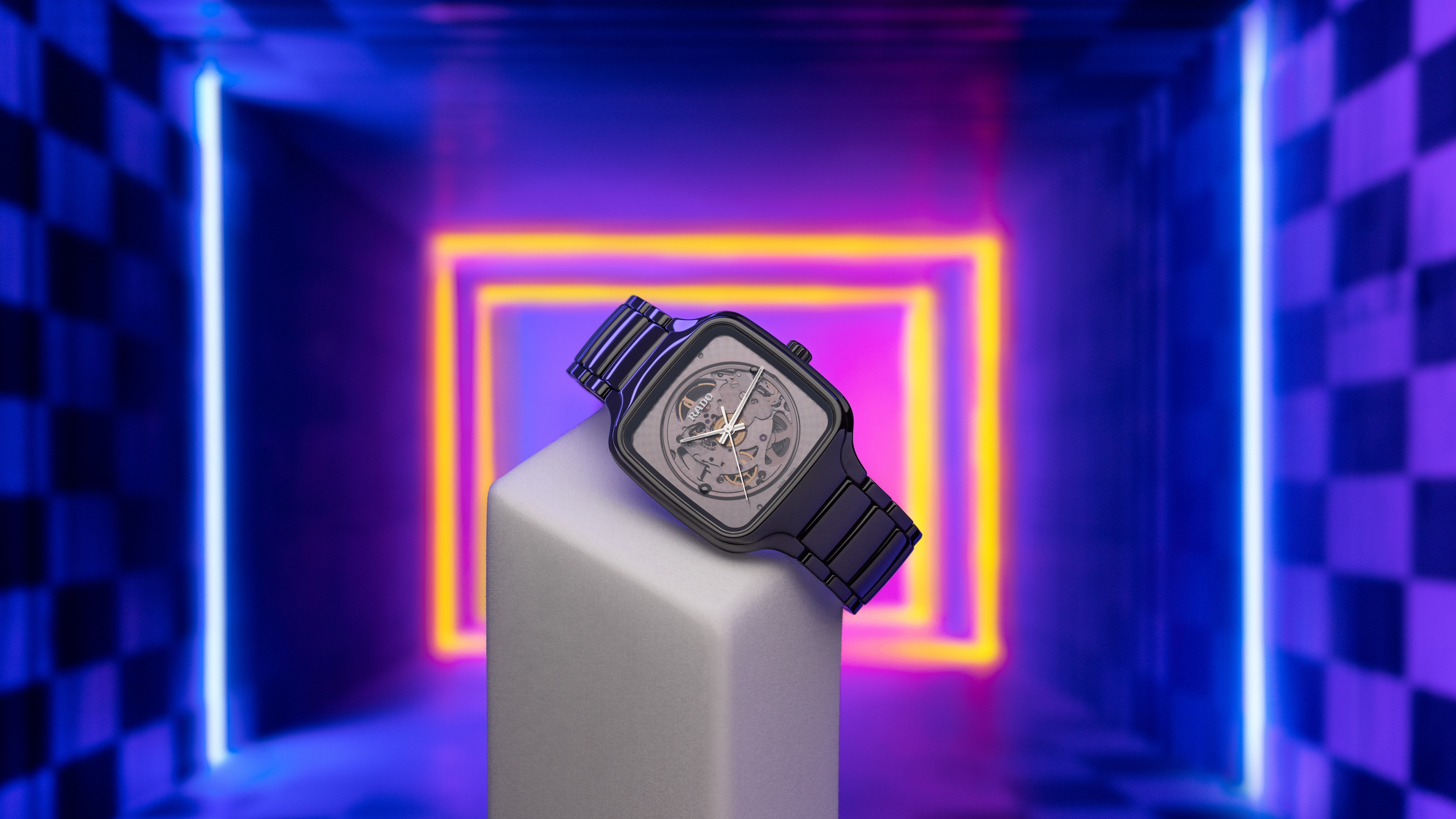Rem Koolhaas contemplates the countryside at the Guggenheim’s latest show in New York
Rem Koolhaas, with the help of his practice's research branch, AMO, and a host of international collaborators, delves into the present and future of our planet's countryside in an exhibition at New York's Guggenheim Museum. The show offers a pioneering new direction to architectural thinking that takes the spotlight away from urban centres

Rem Koolhaas has been thinking about the countryside for years, he tells a captive audience on a blustery New York morning, and it’s time to give it some attention. Koolhaas is introducing ‘Countryside, The Future,’ an exhibition that opens today at the Solomon R. Guggenheim Museum in New York. It’s a temporally and spatially massive show, the kind of focus on architecture that most practitioners and historians only dream of. And the exhibition, though officially billed as an AMO plus collaborators project, is vintage Rem, almost a greatest hits collection.
There’s the iconoclastic personality, which comes through in a bracing first-person wall text that introduces the show. It points out the exhibition's intellectual origins – an observation that a Swiss village he liked to visit was changing. Pop culture is referenced in the magazine covers that paper the central column. The typical OMA/AMO research-intensive vibe can be seen in the first gallery offshoot, where four categories of books under glass vie for attention with a massive wall-printed text, courtesy designer Irma Boom.

Throughout the show you'll read an endless series of questions Koolhaas asked himself as he thought about the countryside. A projected map of the world is the exhibition’s iconic image, where the red graphics show areas the exhibition contends with, featuring rotating typefaces of information graphically overlaid. There’s an alarming graphic that shows heat anomalies, and another that shows the sheer number of shipping routes, and, well, much of the show is inherently alarming.
Koolhaas’ argument, such as there is one (the show seems purposefully non-polemical), is that the countryside has been overlooked, largely because of the UN’s observation that, by 2050, two thirds of the world’s population will live in cities. And that its being overlooked has caused it to be transformed from a bucolic land of peace and pleasure (how he remembered Switzerland) into a sort of weird and un-designed back office/storage room for the world’s cities.
RELATED STORY

The exhibition, put together with five generations of Harvard GSD students and a host of collaborators from Beijing, The Netherlands, and the University of Nairobi, offers a look into some of those back office mechanisms. Some – like a robotic bee and some lively greenhouses – feel familiar. Others – like a map of China’s political structure (extremely timely), and a look at how Qatar dealt with food insecurity caused by political blockades (also timely given our planet’s very real potential to experience global food insecurity) – offer some of that zing of excitement that we have come to associate with Koolhaas’, earlier in particular, contributions to the field.
Koolhaas, with his firm, made his mark with his book Delirious New York, which he brought up; then another book, SMLXL, and then the Harvard Design School Guide to Shopping, always staying just one step ahead of what the staid academy expected architectural historians and theorists to do. ‘Countryside, The Future’ feels like the next move in that direction, but it’s also, like his 2003 publication Content was, somewhat messier, a bit, perhaps, historically sloppier; the word ‘antiquity' is used frequently to refer, generally, to ‘the past,’ though it’s clear that the actual locus of this antiquity is only loosely imagined.
Still, that’s what’s on the menu now, in this era of ever-expanding museums and a lay public increasingly interested in understanding the seemingly infinite complexities of our world, whether expressed here through fish farm videos or a moving Stalin robot. It is likely that enterprising students of architecture and future historians will see this as something like a capstone to his career. It’s a bit cheeky, it has its intellectual moments, and – just like the tractor that sits right out front – meant to capture our attention. What the public – or the politicians involved in maintaining all the various orders the show alludes to – does with this attention remains to be seen.
Receive our daily digest of inspiration, escapism and design stories from around the world direct to your inbox.





INFORMATION
‘Countryside, The Future’ runs 20 February – 14 August 2020 at the Solomon R. Guggenheim Museum
ADDRESS
Solomon R. Guggenheim Museum
1071 5th Ave
New York
NY 10128
US
-
 Why are the most memorable watch designers increasingly from outside the industry?
Why are the most memorable watch designers increasingly from outside the industry?Many of the most striking and influential watches of the 21st century have been designed by those outside of the industry’s mainstream. Is it only through the hiring of external designers that watch aesthetics really move on?
-
 This Fukasawa house is a contemporary take on the traditional wooden architecture of Japan
This Fukasawa house is a contemporary take on the traditional wooden architecture of JapanDesigned by MIDW, a house nestled in the south-west Tokyo district features contrasting spaces united by the calming rhythm of structural timber beams
-
 At last: a London hotel that’s great for groups and extended stays
At last: a London hotel that’s great for groups and extended staysThe July London Victoria, a new aparthotel concept just steps away from one of the city's busiest rail stations, is perfect for weekends and long-term visits alike
-
 Step inside this resilient, river-facing cabin for a life with ‘less stuff’
Step inside this resilient, river-facing cabin for a life with ‘less stuff’A tough little cabin designed by architects Wittman Estes, with a big view of the Pacific Northwest's Wenatchee River, is the perfect cosy retreat
-
 Remembering Robert A.M. Stern, an architect who discovered possibility in the past
Remembering Robert A.M. Stern, an architect who discovered possibility in the pastIt's easy to dismiss the late architect as a traditionalist. But Stern was, in fact, a design rebel whose buildings were as distinctly grand and buttoned-up as his chalk-striped suits
-
 Own an early John Lautner, perched in LA’s Echo Park hills
Own an early John Lautner, perched in LA’s Echo Park hillsThe restored and updated Jules Salkin Residence by John Lautner is a unique piece of Californian design heritage, an early private house by the Frank Lloyd Wright acolyte that points to his future iconic status
-
 The Architecture Edit: Wallpaper’s houses of the month
The Architecture Edit: Wallpaper’s houses of the monthFrom wineries-turned-music studios to fire-resistant holiday homes, these are the properties that have most impressed the Wallpaper* editors this month
-
 The Stahl House – an icon of mid-century modernism – is for sale in Los Angeles
The Stahl House – an icon of mid-century modernism – is for sale in Los AngelesAfter 65 years in the hands of the same family, the home, also known as Case Study House #22, has been listed for $25 million
-
 Houston's Ismaili Centre is the most dazzling new building in America. Here's a look inside
Houston's Ismaili Centre is the most dazzling new building in America. Here's a look insideLondon-based architect Farshid Moussavi designed a new building open to all – and in the process, has created a gleaming new monument
-
 Frank Lloyd Wright’s Fountainhead will be opened to the public for the first time
Frank Lloyd Wright’s Fountainhead will be opened to the public for the first timeThe home, a defining example of the architect’s vision for American design, has been acquired by the Mississippi Museum of Art, which will open it to the public, giving visitors the chance to experience Frank Lloyd Wright’s genius firsthand
-
 Clad in terracotta, these new Williamsburg homes blend loft living and an organic feel
Clad in terracotta, these new Williamsburg homes blend loft living and an organic feelThe Williamsburg homes inside 103 Grand Street, designed by Brooklyn-based architects Of Possible, bring together elegant interiors and dramatic outdoor space in a slick, stacked volume